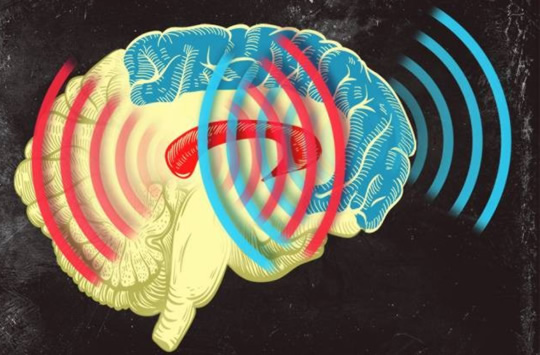What’s going on in the brain when we learn? (Apparently this one has learned to connect to WiFi.)
The human brain’s ability to quickly analyse and absorb new information is remarkable.
Even something as apparently simple and well-practiced as reading these words and understanding them requires an impressive feat of mental processing.
What is it, though, that’s going on in the brain when we learn?
Professor Earl K. Miller, an MIT neuroscientist, outlines the problem:
“If you can change your thoughts from moment to moment, you can’t be doing it by constantly making new connections and breaking them apart in your brain.
Plasticity doesn’t happen on that kind of time scale.
There’s got to be some way of dynamically establishing circuits to correspond to the thoughts we’re having in this moment, and then if we change our minds a moment later, those circuits break apart somehow.”
To examine what’s happening when we learn something new, Miller’s research has looked at connections between the prefrontal cortex (in blue above) — where our executive control system resides — and the striatum (in red above), which is involved in memory and habit formation.
Previous studies from Miller’s lab have shown that when learning whether something is in a category or not, the striatum activates first, then the prefrontal cortex.
“The striatum learns very simple things really quickly, and then its output trains the prefrontal cortex to gradually pick up on the bigger picture.
The striatum learns the pieces of the puzzle, and then the prefrontal cortex puts the pieces of the puzzle together.”
The question is how these two areas of the brain are working together.
In new research in Miller’s lab, they examined how the brains of monkeys learned to categorise patterns of dots (Antzoulatos & Miller, 2014).
What the researchers saw was that, as the monkeys implicitly learned rules of categorisation, the electrical activity in their brains shifted.
The brain produced beta waves in two areas of the brain — the striatum and the prefrontal cortex — that were in sync with each other.
Miller likens it to a synchronised ‘humming’, albeit electrical rather than sound-based:
“There is some unknown mechanism that allows these resonance patterns to form, and these circuits start humming together.
That humming may then foster subsequent long-term plasticity changes in the brain, so real anatomical circuits can form. But the first thing that happens is they start humming together.”
This is the first time this has been seen:
“We’re seeing direct evidence for the interactions between these two systems during learning, which hasn’t been seen before.
Category-learning results in new functional circuits between these two areas, and these functional circuits are rhythm-based, which is key because that’s a relatively new concept in systems neuroscience.”
Image credit: Jose-Luis Olivares/MIT (my apologies for the childish joke Jose-Luis!)

